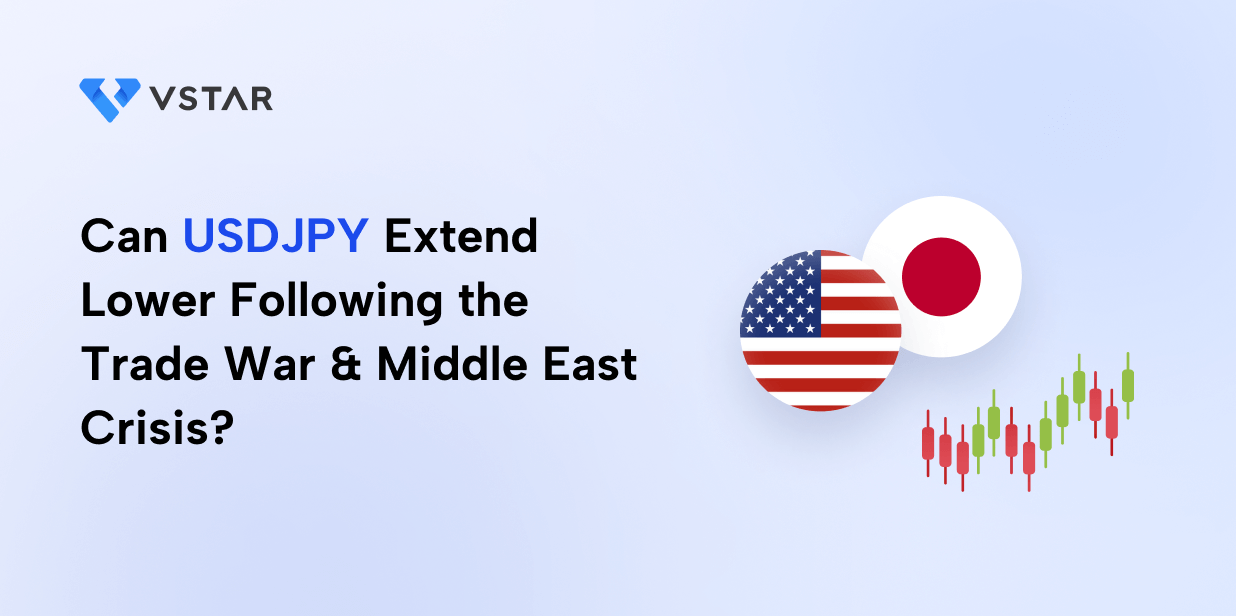
Amid muted US Dollar (USD) price action, the Japanese yen (JPY) continues its steady day-to-day rise and pulls the USD/JPY exchange rate to a three-week decrease. The growing Russia-Ukraine conflict and the United States President-elect Donald Trump's tariff risks are the main causes of the moves toward the safe-haven JPY.
Why JPY Is Getting Strength
Nevertheless, the JPY may face pressure from the uncertainty surrounding the Bank of Japan's capacity to raise interest rates and heightened political unpredictability at home. Demand for the lower-yielding Japanese yen may be restrained ahead of the important US macro data due to the optimism surrounding a ceasefire agreement between Israel and Hezbollah and an increase in the yields on United States Treasury bonds.
Amid concerns about a trade conflict, interest in purchasing Japanese yen has not decreased. Several haven flows toward the Japanese yen are still being driven by worries that
The Bank of Japan may raise interest rates again at its following policy conference in December, according to data published Tuesday that showed Japan's service-sector prices were expanding. At the yearly "Shuntō" talks next spring, Japanese Prime Minister Shigeru Ishiba stated on Tuesday that he would request that businesses enact large wage increases.
Trade War & Its Effect On The USDJPY
President-elect Donald Trump's tariffs would start trade wars and affect the world economy. In addition to relieving US bond investors, Scott Bessent's candidature as US Treasury secretary caused the leading 10-year US Treasury yield to drop to a two-week low on Monday.
According to the November FOMC conference minutes, if inflation continues to be high, the Committee may decide to halt its policy rate alleviation and maintain it at a limiting level.
Officials said they are confident that the job market is doing well and that inflation is slowing down. This should enable the Fed to lower interest rates even more, albeit gradually.
Based on the CME Group's FedWatch Tool, the Fed is currently valuing a 63% chance that it will cut borrowing expenses by 25 basis points in December.













